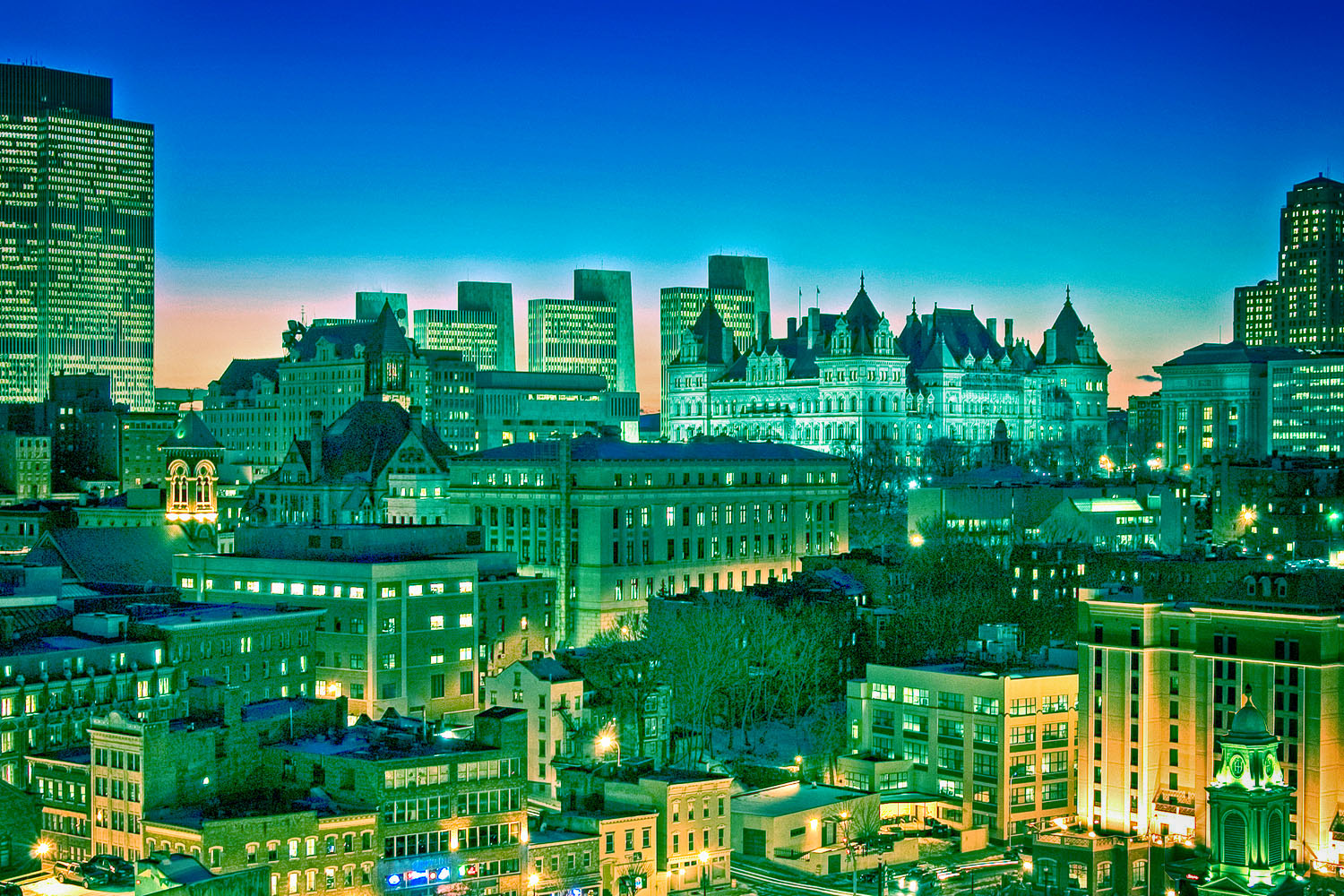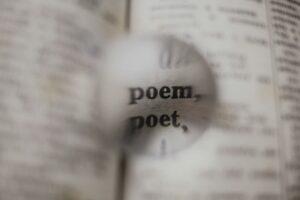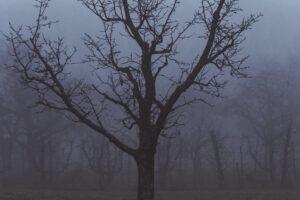There’s a prose writer I’ve come across recently whose work is inspired by what feels like a forced exile to Albany, New York. Her work is full of references to noisy neighbors, run-down buildings, culturally inferior events, and even a public trash receptacle that isn’t emptied frequently enough for her comfort. It’s funny, but I’ve been to that very same Albany, and I am reluctant to leave each time, trash and tulips both.
There is no doubt that Albany is a city, albeit not the largest city in the state. There are many neighborhoods that have seen better days. Abandoned buildings still display the remnants of architectural flourishes. Many citizens might be more interested in playing their TVs too loudly than attending a wine and cheese reception. Like any city, there is crime, extreme crime in some cases. There are areas to avoid after dark, just as in Brooklyn or Los Angeles, even post-gentrification.
There is also the history that rings through the caverns of Clinton Avenue on a cold, clear winter’s night. The faint patter of colonial pigs thundering up State Street on the cobblestones still lurks under the modern pavement. The gentile whispers of well-to-do Victorians lingering at the iron gates of the remaining townhouses of the last century. There is the State Capitol building, and the offices around it, in the classical style befitting a New World Empire. Washington Park boasts both the facsimile presences of Moses parting the tulips, planted each May in remembrance of Albany’s Dutch founders, and Robert Burns, poet laureate of all the Scots around the world, including the ones that settled here. New Scotland Avenue is evidence of their time.
I lived in Albany in the early 1990s, as part of a half-hearted pursuit of a Masters degree. I still believed that degrees alone would open doors of opportunity. Beneath it all, in truth, I was in search of the soul mate I’d left there years before. I discovered he had moved on just before I made my entrance, but I went anyway. I saw his ghost all over the city: at the end of the bar in the old Lark Tavern, in the cold beer aisle at Shop & Save. Everywhere.
What saved me was the poetry scene there, the one that’s still alive and well today. I was a peripheral member, dividing the bulk of my time between the University, and my job at Crossgates. But I began to connect with others who braved the mic, shared their work, expressed their fears and passions so freely. I got a far better education at the QE2 open readings than any dull hour pondering the outdated theories of Derrida. I often wonder where I’d be now if I had taken my student loans and used them instead to buy a few rounds for my fellow poets at Tom Nattell’s readings until the money ran out.
My interest in higher education sputtered out after a year, my roommates broke up our arrangement, and I’d allowed my heart to be rebroken. I had no means to stay. But being broken there, part of my heart does indeed remain in the Emerald City. Central Avenue and its crazy quilt of shops, representing all the immigrant peoples that followed the Dutch and the Scots to the city, the sweeping plaza masterminded by Rockefeller and the Corning Towers overseeing all, and the people I have missed since the day I left.
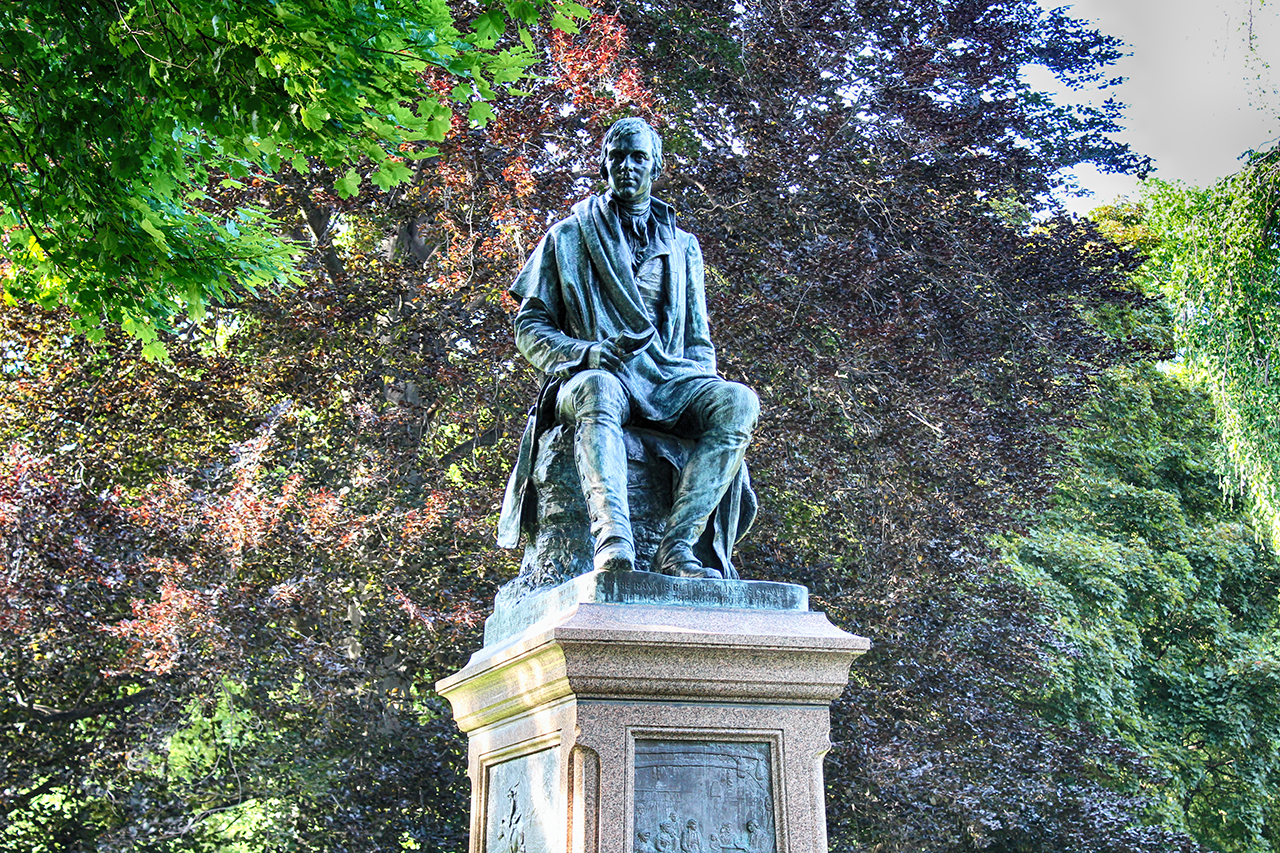
Robert Burns, whose work may not be to everyone’s taste these days, still offers writers of all kinds inspiration. Each January, the Tom Nattell Beret Toss commemorates the passing of one of Albany’s latter-day poets and activists. No matter the weather, a hardy band of friends meets at the Burns statue and somehow gets a duplicate of Tom’s beret up on Robbie’s head. A candle is lit, toasts are made, and the group proceeds to McGeary’s for another session of the monthly readings Nattell was slated to host before his untimely death fourteen years ago. The statue is also the site of a summer poetry series Tom started, continued to this day by his friend and fellow poet Dan Wilcox. The readings are free and open to the public, whom often overlook the goings on, skating, jogging, marching by, or finding an ice cream truck or a game of soccer more appealing.
Albany, as all communities are, is ever-changing. The citizens who lost their homes fifty years ago to “Urban Renewal” are finding their footing in the downtown there were shoved into. Muslims and Asians are firmly settled. The malls at the outskirts thrive when many others, including the one nearest to me in Kingston, withers. St. Patrick’s Day sees a grand parade down Madison Avenue that, if not equaling New York City’s, at least gives it a run for its money. And December brings a Santa Speedo Run that I’ve not seen copied, a symbol of the way Albanians (well, some Albanians) embrace the inevitable winter months, with glee and skin.
I didn’t leave Albany because I didn’t like it. I found refuge in a friend’s home where I’d come from a year before. Finances made moving south the most prudent move. I got a job with a major communications behemoth that allowed me to pay back those loans, buy a car, a decent computer, even a small house. I am yet tethered to financial dictates. I left the phone demons and have skittered around ever since. Now I’m settled into an imperfect but adequate endeavor.
I return to Albany when I can, for poetry lives there every month of the year. Good-natured gangs sometimes fly too high for the taste of others, but eventually return to the same earth, all good. There are many differences and one important commonality- words matter. And with those words, the richness of varied experiences is shared, and we mesh together.
It will always be the Emerald City to me, shining in May’s bouquet of tulip sun, January wind winding through abandoned blocks reminding me of great canyons, the small snowflakes dazzling in the dark bright reminders of the small parts, the big stories around us.

